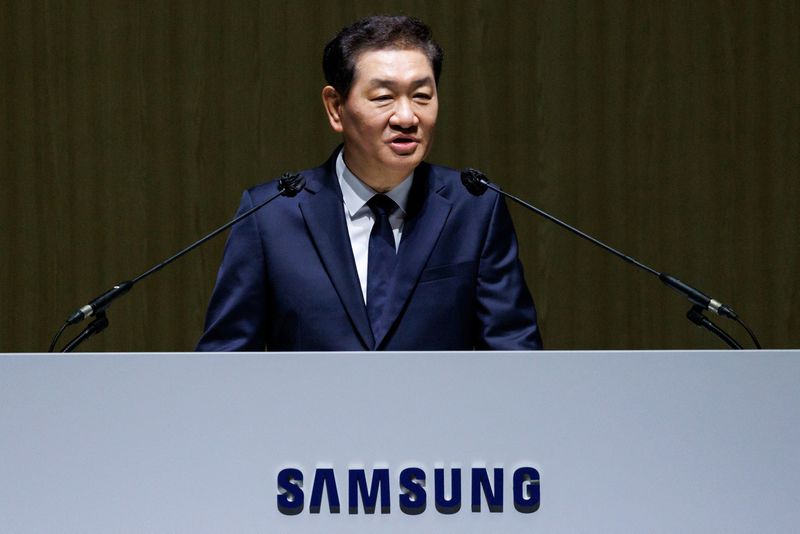Supersonic Passenger Jet: New York to London in 2 Hours Set to Make a Comeback
 |
| NASA's Vision for Commercial Supersonic Travel Gains Momentum |
Exciting news is on the horizon as NASA takes significant steps toward the resurgence of commercial supersonic passenger aircraft, paving the way for travelers to journey from New York to London in under three hours. Recent developments suggest that supersonic aircraft flying at speeds between Mach 2 and Mach 4 (ranging from 1,535 to 3,045 miles per hour) are poised to make a remarkable return to the skies.
A notable breakthrough was announced on August 22 (local time) by NASA, as the agency embarks on intensive research into airframe innovation and comprehensive technological roadmaps. The goal is to facilitate the reintroduction of supersonic passenger planes, offering unprecedented travel efficiency.
Initial findings from NASA indicate that nearly 50 city pairs globally could welcome supersonic flight, with the potential to drastically cut travel times. For instance, the enduring 10-hour New York-London route could be compressed to under 4 hours with Mach 2 to Mach 4 speeds. This supersedes the capabilities of conventional aircraft, which typically cruise at 80% of the speed of sound, roughly 600 miles per hour. While supersonic passenger flight has been dormant since the 1960s due to land-based flight restrictions imposed by several countries, NASA's research breathes new life into this aviation niche.
NASA's ongoing efforts to rejuvenate supersonic travel include the testing of the experimental aircraft X-59. This aircraft is meticulously designed to minimize the impact of the sonic boom generated during supersonic flight. By conducting test flights across diverse U.S. regions, NASA is actively measuring the noise impact, aiming to refine this technology into a low-noise supersonic aircraft suitable for overland journeys.
Lori Ozoroski, NASA's Commercial Supersonic Technology Project Manager, commented, "Our research into Mach 1.6 to 1.8 flight over the past decade lays the groundwork for these advancements. These outcomes will not only reshape our technological approach to supersonic passenger aircraft but also provide crucial insights for ushering in faster, high-speed commercial flights."
Looking ahead, NASA is accelerating its commitment to supersonic travel by entering agreements with two private sector consortiums. These partnerships are set to conceptualize supersonic aircraft designs and establish technological roadmaps over the course of a year. A pivotal challenge lies in the development of a low-noise aircraft capable of sustained Mach 2 speeds and beyond. Leading the way is Boeing's consortium, which includes participants like Exosonic, GE Aerospace, Georgia Institute of Technology's Aerospace Systems Design Laboratory, and Rolls-Royce North America. Meanwhile, Northrop Grumman's consortium, under the guidance of NorSled, is working alongside contributors such as Blue Origin R&D, Boom Supersonic, and Rolls-Royce North America. Their joint efforts encompass a spectrum of considerations, from supersonic-capable airframes to power systems, propulsion, temperature control, essential materials, and shared conceptual designs that demonstrate the potential of supersonic flight.
Mary Jo Long-Davis, NASA's Supersonic Technology Project Manager, emphasized, "The design concepts and technological roadmaps emerging from these collaborations will hold immense significance. Our responsibility lies in fostering innovation that embraces safety, efficiency, economics, social consciousness, environmental integrity, and enhanced traveler experiences."



Comments
Post a Comment